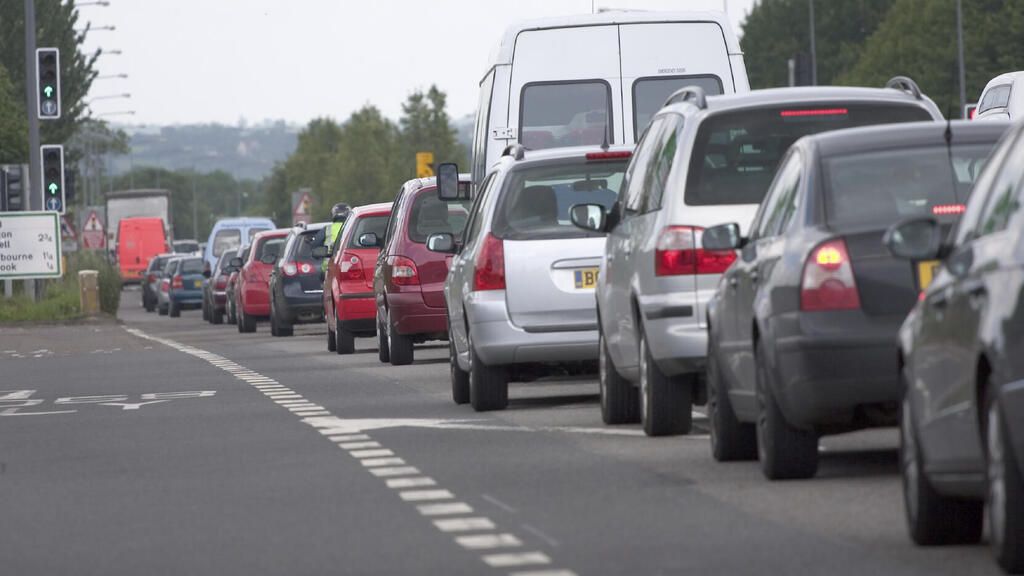Getting your Trinity Audio player ready...
Despite nearly 7.2 million new vehicles delivered in Europe so far this year, reflecting a modest 1% increase compared to the same period last year, automakers are concerned by last month’s numbers compared to August 2022. This year saw a sharp 18% decline in deliveries. The two largest markets in Europe, Germany and France, experienced drops of 28% and 24%, respectively, while Italy and Spain saw declines of 13% and 6%.
The situation is even more alarming in the electric vehicle (EV) sector, not just in August but for the year as a whole. So far this year, 93,000 electric vehicles have hit European roads, compared to 165,000 during the same period last year — a staggering 44% decrease. EVs now account for only 13% of the market in Europe, about half their share in Israel. Germany and France are driving this trend, with EV sales plummeting 69% in Germany and 33% in France.
Gasoline engines still dominate the European market, representing 35% of sales this year, followed by hybrid engines at 30%. Diesel engines, like EVs, hold a 13% market share, while plug-in hybrids account for 7%.
In response to the disappointing sales figures, the European Automobile Manufacturers Association is calling on the EU to ease upcoming emissions targets, set to take effect at the start of next year. The association also requests that emissions targets for 2026 and 2027 be published earlier to provide clarity.
The auto industry, according to the manufacturers’ association, supports the Paris Agreement and the 2050 emissions goals. Manufacturers have invested billions of euros in the transition to electric mobility, they say, fulfilling their part of the deal.
However, they argue that other stakeholders have not met their obligations, citing a shortage of charging infrastructure and hydrogen refueling stations, along with disparities in purchase incentives and taxes. The association warns that penalties for missing emissions targets could hinder future investment in zero-emission vehicles and lead to job losses in Europe.
Currently, the European automotive sector employs 12.9 million people, accounting for 8% of the continent's industrial workforce. The industry generates €392 billion annually in taxes and represents 7% of the EU’s GDP.
Our take: Over the past year, the EU has been waging an uphill battle against Chinese automakers. However, even if the high tariffs succeed in curbing Chinese competition (spoiler: they won't), the local industry will still struggle with the transition to electric. The EU's actions — including heavy fines on manufacturers who miss emissions targets, constant tightening of those targets, reduced subsidies for EV buyers, and high tariffs on Chinese manufacturers — all serve one purpose: filling the union’s coffers. As for dramatically reducing air pollution? That goal may have to wait.



